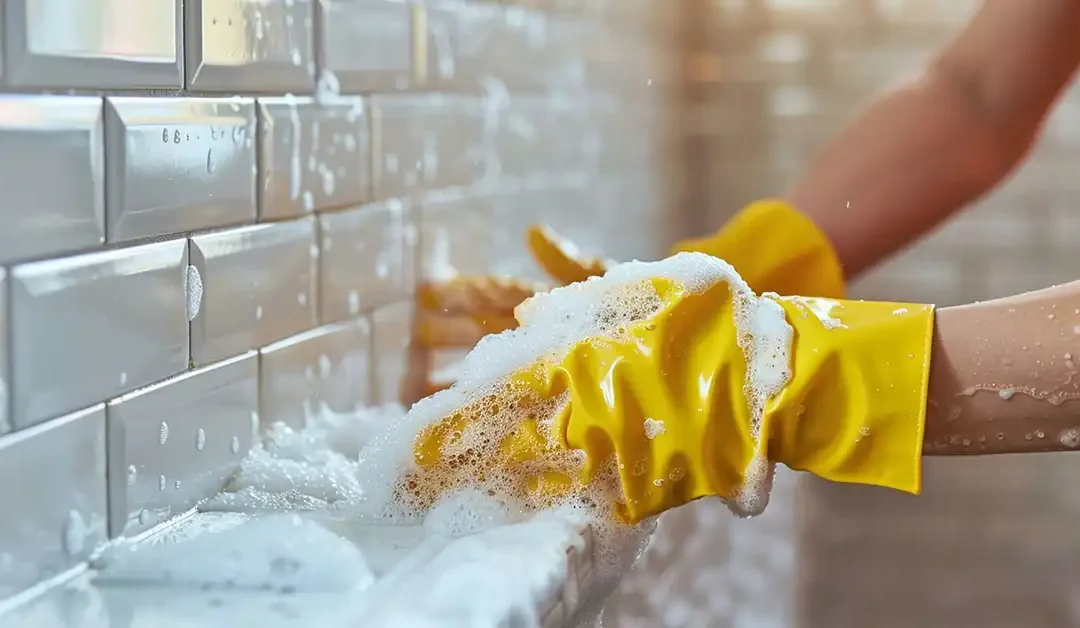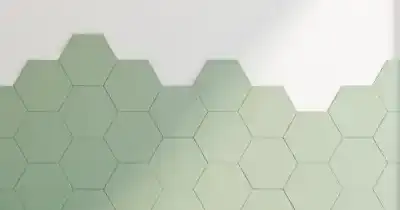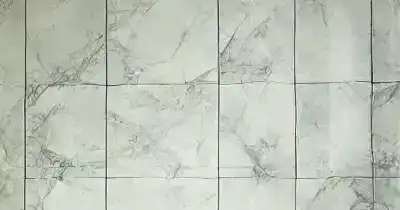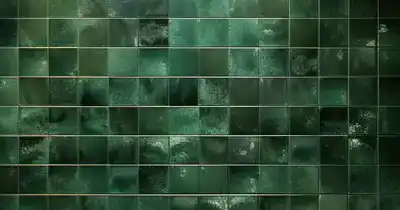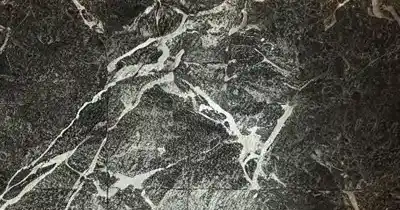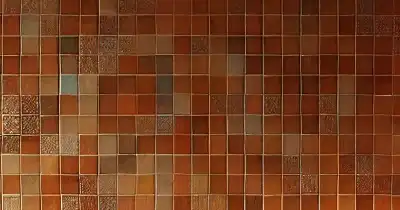Here, we discuss the care and cleaning of tiles typically used in bathroom and kitchen areas as splash guards, as well as the grouts used for mounting the various tile types. Here, we discuss the care and cleaning of tiles typically used in bathroom and kitchen areas as splash guards, as well as the grouts used for mounting the various tile types.
While much of the advice in this article also applies to decorative tiles and tile flooring purposes, our focus here is on the most problematic tiles, wall tiles. As well as soap scum – bacteria, mould, and mildew, thrive in moist areas with low airflow, and can produce mycotoxins posing serious health risks, especially for those with allergies or asthma. Effective tile care and cleaning is not just about aesthetics, but also about safeguarding your health.
This guide breaks down each tile type by composition, construction, cleaning procedures, exceptional care, and protection. This information will empower you, and prepare you for the most challenging tile-cleaning jobs ahead.
Tile Finishes
Most of the tile types discussed here are available in several finishes:
- Glazed: This finish bonds a glass-like coating to the clay in a second firing
- Burnished: This finish is finely sanded to create a smooth surface
- Unglazed: This finish exposes the porous surface of the tile
Tile Composition
With the right processing, tiles can be constructed from almost any material, from foam to metal. Shown below, are the six most common wall tile types, along with a rough approximation of their relative popularity based on industry trends:
- Ceramic: 40%
- Porcelain: 35%
- Glass: 15%
- Granite: 5%
- Terracotta: 3%
- Limestone: 2%
These percentages reflect general trends, with ceramic and porcelain tiles leading due to their versatility, durability, and cost-effectiveness. Glass tiles are popular for their aesthetic appeal. At the same time, granite, terracotta, and limestone are less common due to their specific characteristics and maintenance requirements.
Select the tile type of concern from the following list for specific details on each.
Identify Your Tile
Ceramic Tiles
- Surface: Smooth and often glazed with a shiny or matte finish
- Patterns: May have printed patterns or solid colours
- Edges: Often with slightly rounded edges
- Back: Usually has a mesh or waffle pattern
Porcelain Tiles
- Surface: Extremely smooth and can also be glazed or unglazed
- Density: Generally denser and harder than ceramic tiles
- Appearance: Often mimics natural stone with intricate patterns
- Edges: Usually straight and sharp
- Back: Often has a consistent colour throughout, and can be denser with less noticeable patterns compared to ceramic
Glass Tiles
- Transparency: Can be clear, translucent, or opaque
- Finish: Typically very glossy and reflective
- Color: Vibrant and can come in a wide range of colors
- Edges: Smooth and straight, with a slightly beveled edge
- Thickness: Usually thinner compared to other tiles
Granite Tiles
- Texture: Coarse and grainy with natural variations
- Patterns: Unique and varied mineral patterns, often with specks or flecks
- Finish: Can be polished (shiny) or honed (matte)
- Weight: Heavier and denser than other tiles
- Edges: Sharp and straight, sometimes beveled
Terracotta Tiles
- Colour: Warm, earthy tones like red, orange, and brown
- Surface: Matte and rough, sometimes with a handmade appearance
- Texture: Porous and can feel slightly gritty
- Finish: Often unglazed, giving a rustic look
- Edges: Irregular, often slightly rounded or uneven
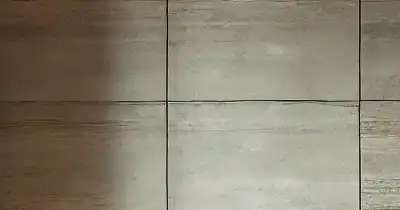
Limestone Tiles
- Surface: Smooth to the touch but may have natural pits and fossils
- Colour: Earthy tones like beige, gray, and tan
- Texture: Can be slightly porous and less glossy
- Patterns: Subtle veining or fossil imprints
- Edges: Often have a tumbled or rough edge for a natural look

